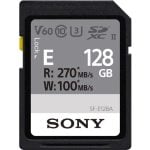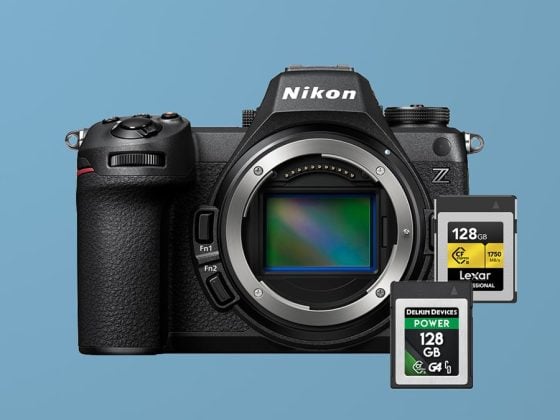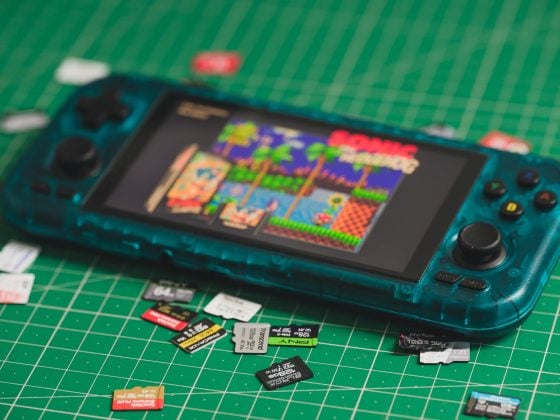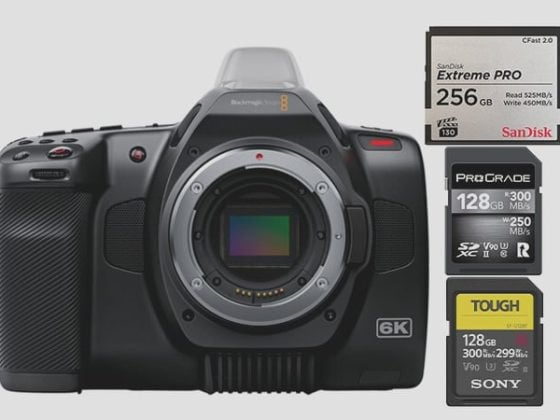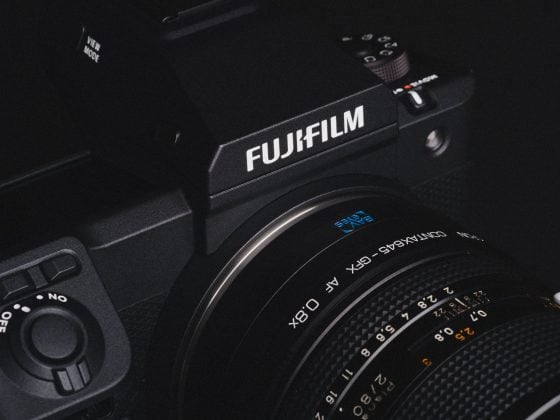The Sony ZV-1 is a camera that has one UHS-I SD card slot. It needs a card that has a U3 or V30 speed class to record video at 100Mbps or 30MB/s. This makes picking the best memory card for the Sony ZV-1 fairly straight forward. This guide will point you to the best options.
Recommend Memory Cards Sony ZV-1
The Sony ZV-1 is a camera for video makers who want to vlog. It does not matter if the card is fast or slow when you shoot 4K video, so you do not need to buy the most expensive v90 UHS-II cards.
If you want to move your files from the card to the computer faster, Sony has a good E-card. It can write at UHS-I speed, but it can read at UHS-II speed. For UHS-II cards, this is a good deal from a trusted brand.
Here are some of the best UHS-I SD cards for the Sony ZV-1, including those Sony E cards.
| Recommended SD Cards | Speed Class | USB Write | USB Read | Links | |
|---|---|---|---|---|---|
| SD UHS-II V60 | UHS-II | Hide | Hide | ||
| Sony E v60 256GB | UHS-II | https://geni.us/ARfXs | Amazon / B&H | ||
| UHS-I U3 | UHS-I | Hide | Hide | ||
| Sandisk Extreme Pro 32/64/128GB | UHS-I | 144 | 172 | https://geni.us/AjId | Amazon / B&H |
| Kingston CanvasGo! 128/256/512GB | UHS-I | 124 | 161 | https://geni.us/oJU7q | B&H |
| Sony 95 | UHS-I | 81 | 90 | https://geni.us/wnX8rG | Amazon |
| Delkin Advantage 32-1TB | UHS-I | 77 | 93 | https://geni.us/HlTWWVh | Amazon / B&H |
Sony ZV-1 Specs
|
Sensor: 20.1MP 1″ |
Sony ZV-1 What Size Card To Buy?
For 4k shooting in the Sony ZV-1, you don’t need anything different or special when buying memory cards other than the U3 or v30 rating.
Because the Sony ZV-1 has a low bitrate for 4k video, it can write to memory cards with speeds as low as 12MB/s. Any memory card with a U3 rating will meet these specs, but U1 cards may not and the ZV-1 will reject U1 cards if you try to record 4k video to them.
Sony ZV-1 Record Times
Here is a chart that shows you the record times of the various record formats related to the size of each card.
| Resolution | Format | Bitrate | 32GB | 64GB | 128GB | 256GB |
| 4k30p, 24p | XAVC S 4K | 100Mbps | 43min | 85min | 171min | 341min |
| 4k30p, 24p | XAVC S 4K | 60Mbps | 71min | 142min | 284min | 569min |
| 1080 120p, 100p | XAVC S HD | 100Mbps | 43min | 85min | 171min | 341min |
| 1080 120p, 100p | XAVC S HD | 60Mbps | 71min | 142min | 284min | 569min |
| 1080 24p, 25p, 30p, 50p, 60p | XAVC S HD | 50Mbps | 85min | 171min | 341min | 683min |
| 1080 25p, 30p | XAVC S HD | 16Mbps | 267min | 533min | 1067min | 2133min |
| 1080 60i | AVCHD | 24Mbps | 178min | 356min | 711min | 1422min |
| 1080 60i | AVCHD | 17Mbps | 251min | 502min | 1004min | 2008min |
Best Memory Cards Sony ZV-1 Bottom Line
The Sony ZV-1 is a camera that uses UHS-I memory cards. Sony also has E-cards that are special. They can write as fast as UHS-I cards, but they can read as fast as UHS-II cards. This can make transferring files to your computer quicker. You may want to try this card if you care about read speeds.
| **This website contains affiliate links. We will earn a small commission on purchases made through these links. Some of the links used in these articles will direct you to Amazon. As an Amazon Associate, I earn from qualifying purchases. |

